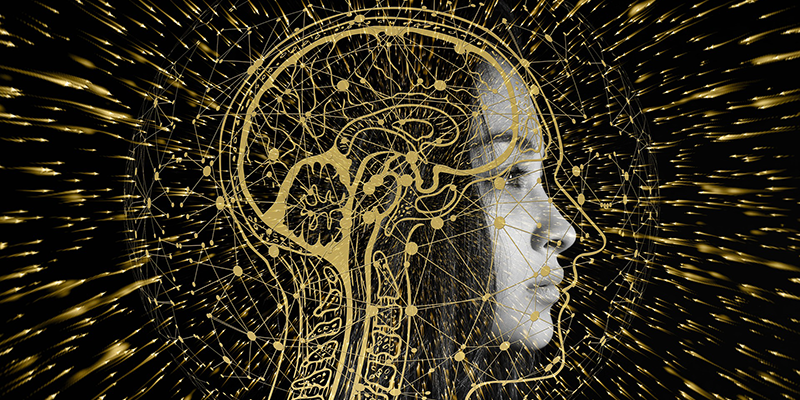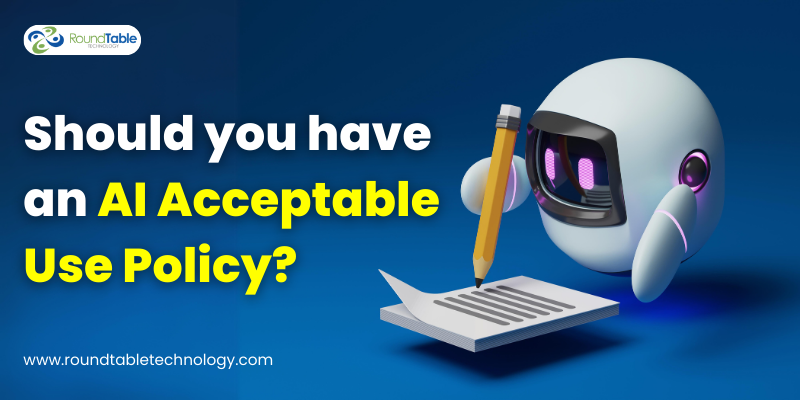As instructors for an upcoming AI course designed for a nonprofit audience, we have been contemplating the multifaceted nature of artificial intelligence. On one hand, AI can drastically reduce transactional tasks from hours to split seconds, saving us unimaginable amounts of time so that staff can spend time providing more real value with constituents.
However, as an early-stage tool available to ordinary people, AI also raises ethical questions about training data, the potential for both intentional and unintentional misuse, and unknown human harms. Not only despite these concerns, but arguably BECAUSE of these concerns, nonprofit professionals should pursue AI literacy.
AI is here and it is advancing at a pace previously unseen in technological evolution. To hope or pretend otherwise is comparable to a 1900’s work refusing to use steam engines or a 1990’s office work refusing to use a computer. Refusal to engage with new and intimidating technology leaves yourself at a massive disadvantage.
Following our own advice, we asked AI, specifically ChatGPT 4, why it's important for nonprofit organizations to engage with AI systems such as ChatGPT, Bing, and others. We asked it to provide ten reasons, given the concerns about trustworthiness, ethics, and even the existence of AI.
The list it produced was very close to one we would have spent hours writing and rewriting. We only had to spend a little time reading and making a few minor edits. Here are the reasons:
-
Guiding AI development: Nonprofits can play a crucial role in shaping the development and deployment of AI systems to ensure they adhere to ethical standards, promote trustworthiness, and address existential concerns.
-
Informed advocacy: By engaging with AI systems, nonprofits can better understand their implications and advocate for policies and regulations that address concerns, protect human rights, and promote responsible AI use.
-
Ensuring inclusivity: Nonprofits can help ensure that AI systems are designed with diverse perspectives in mind, addressing biases and promoting fairness in the technologies that impact society.
-
Enhancing transparency and accountability: Nonprofits can work with AI developers and stakeholders to create frameworks for transparency and accountability, ensuring that AI systems are built and operated in a manner that is understandable and responsible.
-
Addressing digital divide: By engaging with AI systems, nonprofits can help bridge the digital divide, ensuring that underserved and marginalized communities have access to the benefits of AI technology and are not left behind.
-
Combating misinformation: AI systems can be utilized by nonprofits to identify and combat misinformation, ensuring that accurate and reliable information is disseminated to the public.
-
Educating the public: Nonprofits can help educate the public about the benefits, risks, and ethical considerations of AI, fostering informed discussions and promoting responsible AI adoption.
-
AI for social good: By engaging with AI systems, nonprofits can identify and implement AI-based solutions to address pressing social and environmental challenges, such as climate change, poverty, and inequality.
-
Ensuring AI benefits reach intended beneficiaries: Nonprofits can help ensure that AI systems are designed and deployed to benefit the communities they serve, rather than exacerbating existing inequalities or causing harm.
-
Building trust and collaboration: By working closely with AI developers and stakeholders, nonprofits can help foster trust and collaboration between different sectors, ensuring that AI technologies are developed and deployed in ways that align with the public interest and promote social good.
In conclusion, it is essential for nonprofit professionals to engage with AI systems if they want to remain competitive in the digital age. By engaging with AI, nonprofits can play a crucial role in guiding its development and deployment so that ethical standards are met, trustworthiness is promoted and existential concerns are addressed.
They can also use AI-based solutions to address pressing social and environmental challenges such as climate change, poverty or inequality. Finally, by working closely with AI developers and stakeholders, nonprofits can help foster trust and collaboration between different sectors which will ensure that technologies are developed responsibly for the public interest. With these considerations in mind, let’s embrace this new technology together!


.png?width=400&height=111&name=logo-roundtable-r2%20(1).png)
 Joshua Peskay
Joshua Peskay




